Growing Health Awareness
In Japan, there is a notable increase in health consciousness among the population, particularly regarding eye health. This growing awareness is prompting individuals to seek regular eye check-ups, thereby boosting the demand for autorefractors. The autorefractor market is benefiting from this trend, as more people recognize the importance of early detection of vision problems. Additionally, public health campaigns aimed at educating citizens about eye care are further propelling the market forward. As a result, the autorefractor market is likely to experience sustained growth, driven by a more informed consumer base.
Rising Demand for Eye Care Services
The increasing prevalence of eye disorders in Japan is driving the demand for advanced diagnostic tools, including autorefractors. With an estimated 30% of the population experiencing some form of vision impairment, the autorefractor market is witnessing significant growth. This trend is further supported by the rising awareness of eye health and the importance of regular eye examinations. As healthcare providers seek to enhance their diagnostic capabilities, the adoption of autorefractors is likely to increase. The autorefractor market is thus positioned to benefit from this growing demand, as more clinics and hospitals invest in modern equipment to provide better patient care.
Integration of Artificial Intelligence
The integration of artificial intelligence (AI) in autorefractors is transforming the landscape of the autorefractor market. AI technologies enhance the accuracy and efficiency of eye examinations, allowing for quicker diagnoses and improved patient outcomes. In Japan, where technological innovation is highly valued, the adoption of AI-driven autorefractors is expected to rise. This shift not only streamlines the examination process but also reduces the workload on healthcare professionals. As a result, the autorefractor market is likely to see increased investment in AI technologies, which could lead to enhanced product offerings and greater market penetration.
Technological Innovations in Equipment
The autorefractor market is experiencing a surge in technological innovations, which are enhancing the functionality and user-friendliness of autorefractors. Manufacturers in Japan are focusing on developing more compact, portable, and accurate devices that cater to the needs of modern healthcare facilities. These advancements not only improve the diagnostic capabilities of autorefractors but also make them more accessible to a wider range of healthcare providers. As a result, the autorefractor market is poised for growth, as clinics and hospitals increasingly adopt these innovative solutions to improve patient care.
Increased Investment in Healthcare Infrastructure
Japan's commitment to improving healthcare infrastructure is positively impacting the autorefractor market. The government and private sector are investing heavily in modernizing healthcare facilities, which includes upgrading diagnostic equipment. This investment is likely to lead to a higher adoption rate of autorefractors in various healthcare settings, from urban hospitals to rural clinics. As the autorefractor market expands, it is expected that more healthcare providers will incorporate advanced diagnostic tools into their practices, ultimately enhancing the quality of eye care services available to the population.


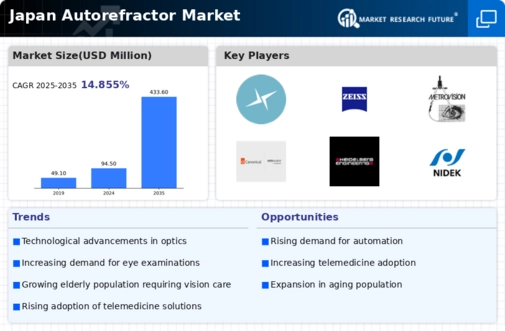
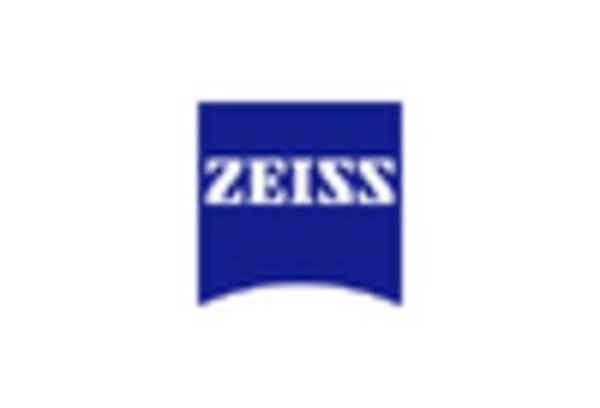
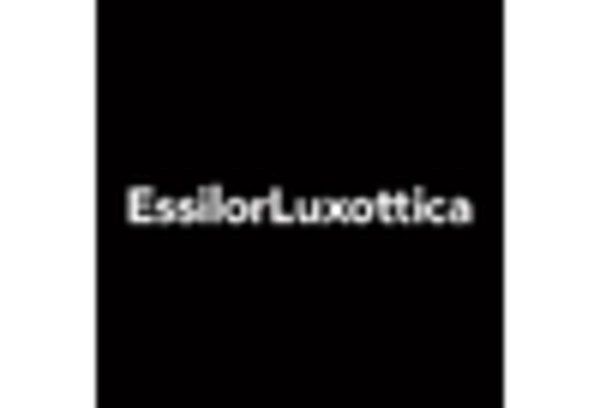
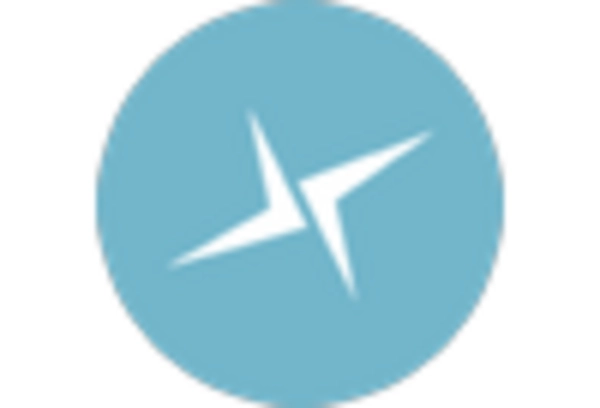
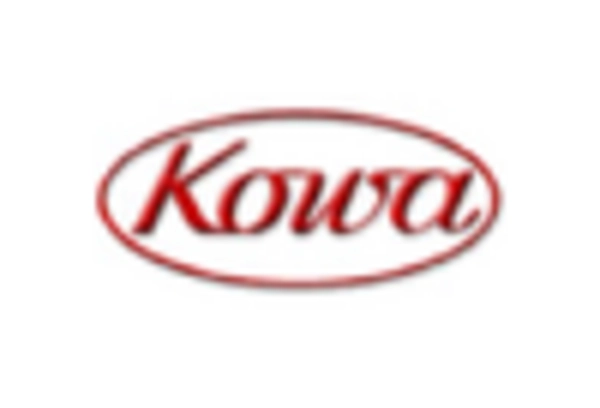
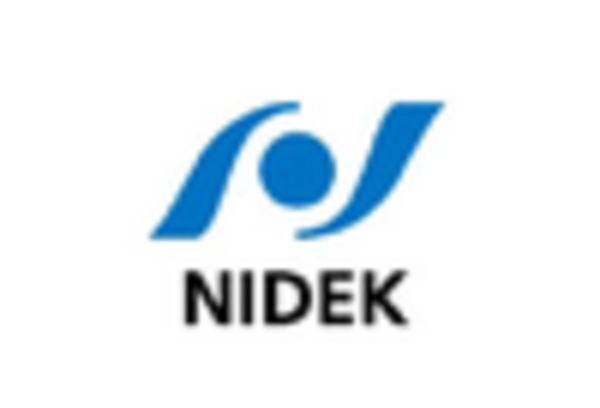
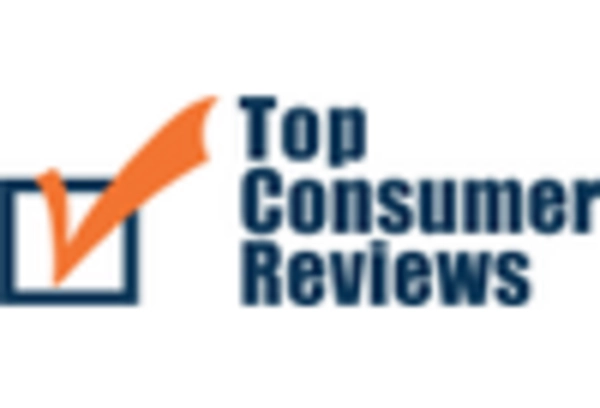








Leave a Comment